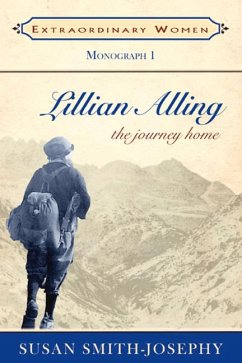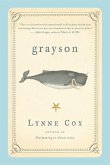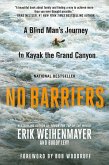In 1926, Lillian Alling, a European immigrant, set out on a journey home from New York. She had little money and no transportation, but plenty of determination. In the three years that followed, Alling walked all the way to Dawson City, Yukon, crossing the North American continent on foot. Finally, on a make-shift raft, she sailed alone down the Yukon River from Dawson City all the way to the Bering Sea. Lillian Alling has been the subject of novels, plays, epic poems, an opera and more tall tales than can be remembered, but as legendary as she may be, the true story of Lillian Alling has never been told. Lillian Alling: The Journey Home is a collection of personal documents, first-hand recollections, family tales and archival research that provide tantalizing new clues to Lillians story. Smith-Josephy places Lillian firmly in the context of history and among the cast of unique and colourful characters she met along her journey.
Hinweis: Dieser Artikel kann nur an eine deutsche Lieferadresse ausgeliefert werden.
Hinweis: Dieser Artikel kann nur an eine deutsche Lieferadresse ausgeliefert werden.








